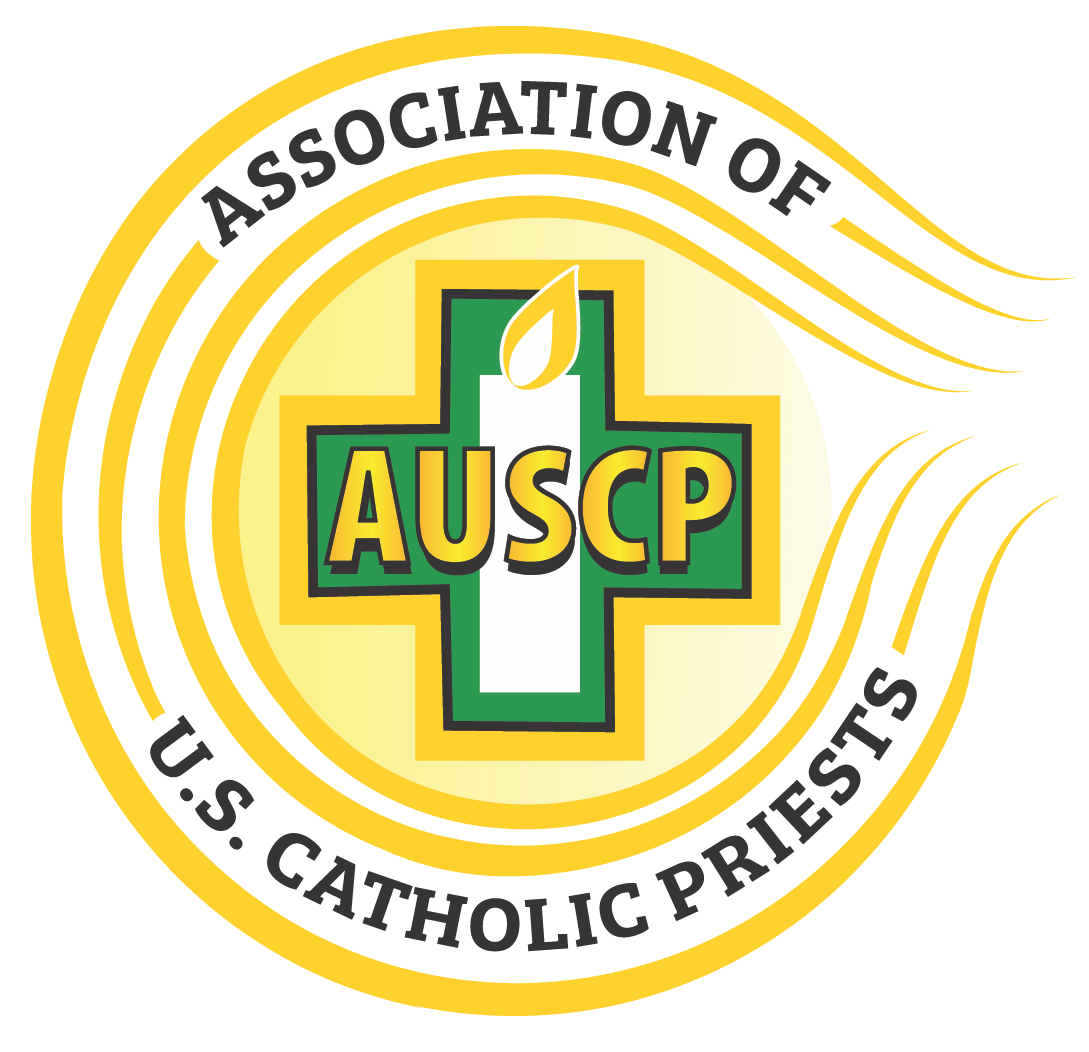Slavery ended in the 19th century, right? Wrong.
It’s an easy enough mistake to make. After all, the end of America’s civil war and the Thirteenth Amendment to the U.S. Constitution – both in 1865 – brought an end to slavery in the U.S. And the British Slavery Abolition Act in 1834 ended slavery in the West Indies, Mauritius and South Africa.
But many countries didn’t outlaw slavery until the 20th century. In fact, it wasn’t until 1981 that Mauritania finally abolished slavery – becoming the last country on earth to declare an end to this dehumanizing practice.
But tragically, slavery did not completely end in 1981. It continues to this very day under a new name: human trafficking.
The U.N. Office on Drugs and Crime defines human trafficking as “the recruitment, transport, transfer, harboring or receipt of a person by such means as threat or use of force or other forms of coercion, of abduction, of fraud or deception for the purpose of exploitation.”
Data from the UNODC’s 2022 Global Report on Trafficking in Persons reveals that in 2020 approximately 50,000 victims of human trafficking were detected as reported by 141 nations. (see: https://www.unodc.org/unodc/en/human-trafficking/faqs.html).
But the number of undetected and unreported victims is far higher. According to the International Labour Organization, 50 million people were living in modern slavery in 2021. Of these people, 28 million were in forced labor, and 22 million were trapped in forced marriage. And more than 3 million children remain in forced labor with half of them in commercial sexual exploitation (see: https://www.ilo.org/resource/news/50-million-people-worldwide-modern-slavery-0).
As reported in the recent U.N. World Day Against Trafficking in Persons: “Leave No Child Behind in the Fight Against Human Trafficking,” shockingly, one in three victims of human trafficking is a child. And these “children are subjected to various forms of trafficking, including forced labor, crime, begging, illegal adoption, sexual abuse and the online dissemination of abusive images, and some are also recruited into armed groups.”
“Leave No Child Behind in the Fight Against Human Trafficking” emphasizes the importance of seriously addressing the root causes of trafficking such as poverty and violence – with a special focus on the trafficking of unaccompanied refugee minors, which highlights the need for governments to urgently put into place comprehensive safeguards to especially protect these extremely vulnerable little ones (see: https://www.un.org/en/observances/end-human-trafficking-day and https://www.unodc.org/unodc/en/endht/index.html).
Here are additional excellent resources in the fight against human trafficking – Polaris http://polarisproject.org, International Catholic Migration Commission https://bit.ly/3rwhkOv and the Vatican’s Migrants and Refugees Section https://bit.ly/36APcBy.
I recently attended an excellent webinar conducted by the Alliance to End Human Trafficking. Please check it out https://www.youtube.com/watch?v=cWV6fmMc0p4.
To help someone in the U.S. who may be the victim of modern day slavery, call, or urge them to call, the National Human Trafficking Hotline at 1-888-373-7888. This hotline has multi-language capabilities.
For help outside the U.S., go to the Global Modern Slavery Directory website (http://www.globalmodernslavery.org/).
We have a lot of tools here to help us end the scourge of modern day slavery. Let’s get involved. And let’s get our parishes involved. Let’s refuse to be indifferent to human trafficking!
For as Pope Francis said, “It is not possible to remain indifferent before the knowledge that human beings are bought and sold like goods.”
About the Author
Tony Magliano is not a member of the AUSCP. He is an internationally syndicated Catholic social justice and peace columnist. He is available to speak at diocesan or parish gatherings. Tony can be reached at tmag6@comcast.net.
